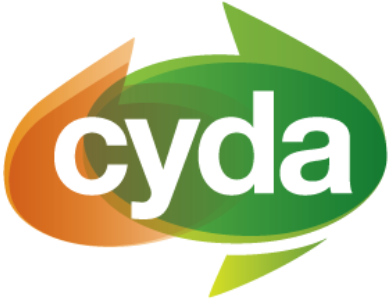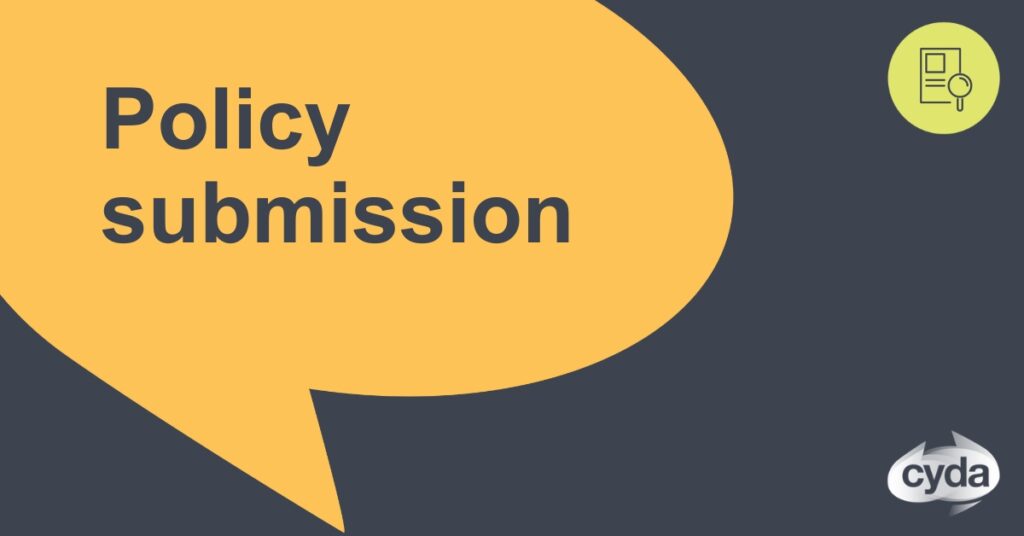Children and Young People with Disability Australia (CYDA) congratulates the Department of Health and Human Services on the development of their inaugural Disability Action Plan 2018-2020 and welcomes the opportunity to provide feedback on the draft.
This submission focusses on issues and sections of the draft Disability Action Plan (the Draft Plan) that are of primary relevance to children and young people with disability.
Download the full submission using he buttons above.


